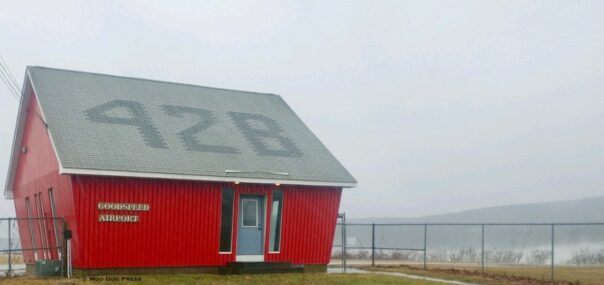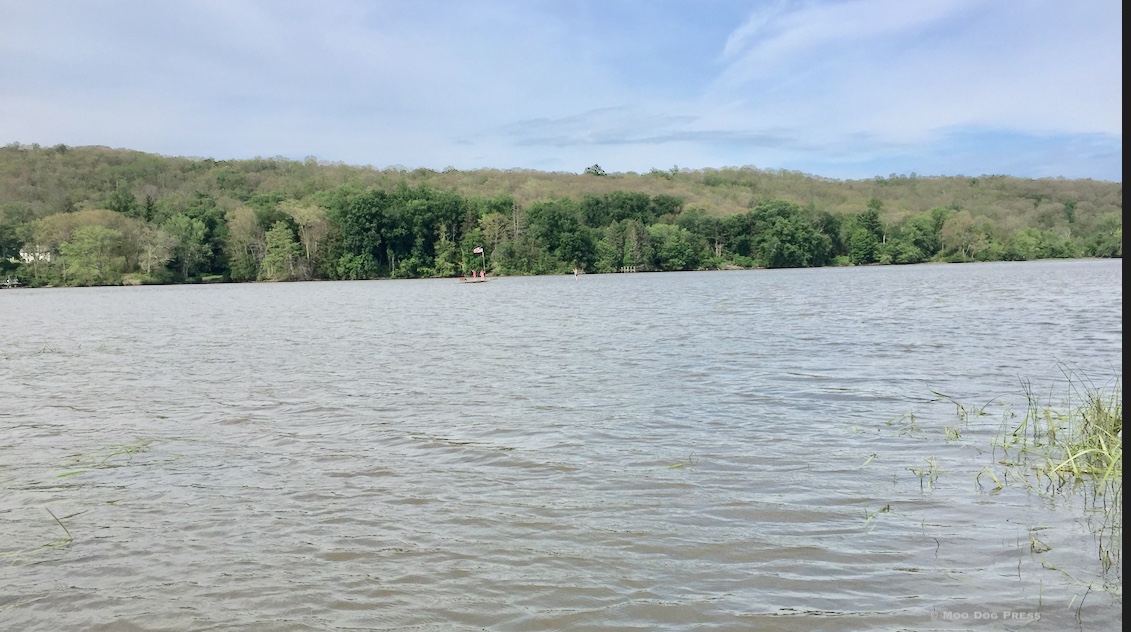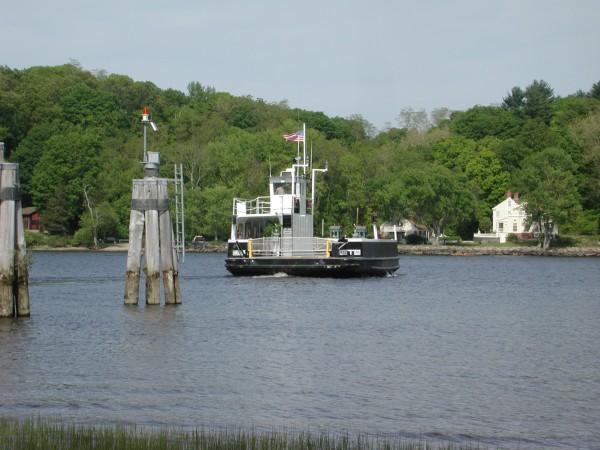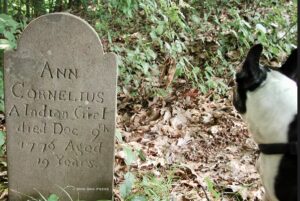COVID-19 Era: Gillette’s Train, Ebony Horsewomen, CT River
“Research is formalized curiosity. It is poking and prying with a purpose.” – Zora Neale Hurston
Look back and remember. Plot your course for the life journey ahead. Enjoy the now. Remember how fortunate you are to be alive; many are denied the day to be here, now.
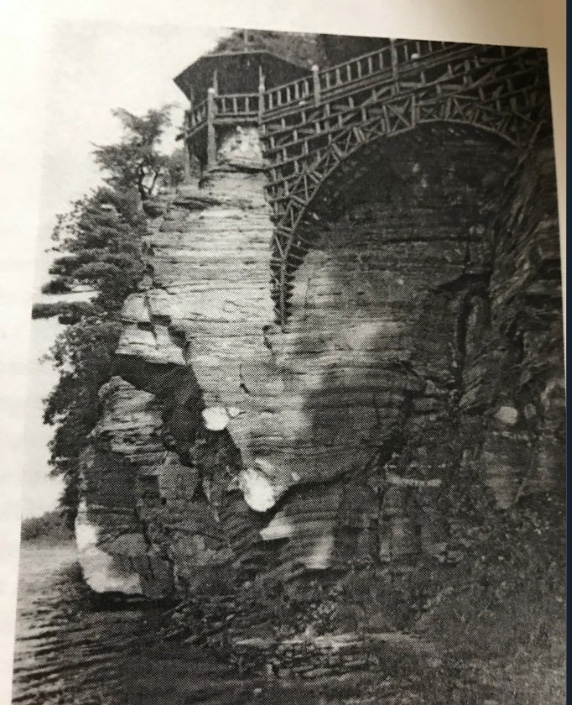
Just look at that engineering. William Gillette train bridge (p. 105, Wick Griswold, A History of the Connecticut River; History Press), once visible from the Connecticut River. Imagine a river tour w/holographic projection of this now-vanished span, train and Gillette at the controls speeding by. Show how the span was built.
Ahead, possibilities awaken. And thoughts back to a summer day, aboard a boat on the river, looking up. Layers of time, flipping back and forth like pages in a book. Here, now. Feel the breezes and recall the wonder seen, back then. A marvel of a train trestle is gone, yet the memories remain. There will always be more to learn about people and places, connections found after outdoor excursions. Trains, a bridge, the river, stories, views — and a castle connect to Hartford, Nook Farm and literary lives on a global stage. Stories to find.
Gillette's Castle in Hadlyme, Connecticut, is a rugged and romantic site that attracts visitors and wildlife year round. Actor, playwright, and inventor William Gillette's estate today is a state park open to the public, and the location with views of the river below are pretty amazing. Trails wend throughout the park (foot travel only) and a PDF map guide is available online, along with details of the geology of the area.
“Collecting facts is important. Knowledge is important. But if you don't have an imagination to use the knowledge, civilization is nowhere.” — Ray Bradbury
Take precautions against ticks as there are herds of rather tame deer in the park and plenty of leaf litter; the train tunnel area seems to be a hotbed of deer ticks. Do a thorough tick check of both humans and canines after a walk; wash clothes in hot water and/or pop into a dryer with high heat for a few minutes to ensure no tick goes undetected.
“Ticks are disease-carrying arachnids that reside in moist areas, such as long grass and the leaf litter, and will latch onto humans and animals alike. Although there are many different species of ticks, people generally think of one tick species in particular when worrying about illness: the deer tick (Ixodes scapularis). While the Deer tick is predominantly known for transmitting the agent that causes Lyme disease (the corkscrew-shaped bacterium, Borrelia burgdorferi), it can also carry other disease-causing agents. A single tick can transmit more than one infectious agent.” — University of Connecticut Extension
 Imagine the tons of stone it took to build the 24-room home of William Hooker Gillette, now Gillette Castle State Park located on a hill above the Connecticut River.
Imagine the tons of stone it took to build the 24-room home of William Hooker Gillette, now Gillette Castle State Park located on a hill above the Connecticut River.
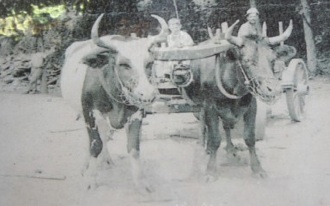 Twenty men including teamsters with oxen and mules worked to source, smooth, and move materials for miles of roads, paths, stone walls, bridges, and train tracks. Oxen with muzzles – to deter grazing (not good to have a head down with a heavy load in tow) are captured in a photograph, one of several on exhibit. Fieldstone was bought at $1 a cartload from area farmers.
Twenty men including teamsters with oxen and mules worked to source, smooth, and move materials for miles of roads, paths, stone walls, bridges, and train tracks. Oxen with muzzles – to deter grazing (not good to have a head down with a heavy load in tow) are captured in a photograph, one of several on exhibit. Fieldstone was bought at $1 a cartload from area farmers.
“In 1913, while sailing up the Connecticut River in his houseboat, Gillette spotted a hill, part of the Seven Sisters chain, over a ferry's pier in Hadlyme. He docked, disembarked, and climbed up. He purchased 115 acres of land the next month.”
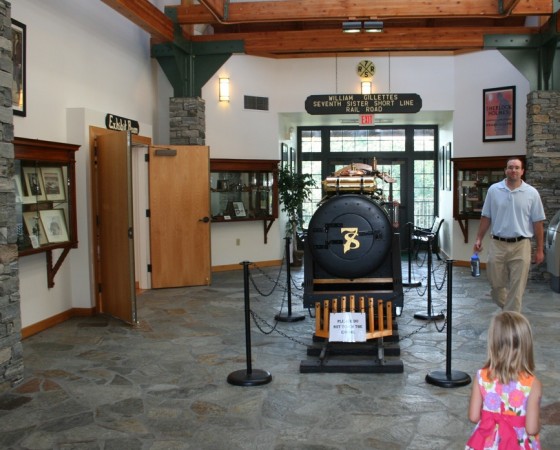 Note the “Seventh Sister Short Line” insignia on the train, which William Gillette drove at a fast clip around his estate – dubbed the “Seventh Sister” – the highest of a series of hills with a sheer drop to the river below.
Note the “Seventh Sister Short Line” insignia on the train, which William Gillette drove at a fast clip around his estate – dubbed the “Seventh Sister” – the highest of a series of hills with a sheer drop to the river below.
A creative genius born July 24, 1853, at Nook Farm in Hartford (neighbors included Samuel Clemens/Mark Twain, Harriet Beecher Stowe), Gillette was descended from the Rev. Thomas Hooker, one of the founders of the capital city. Twain was a key factor to Gillette's career. Here is a link to a recording via YouTube of Gillette's imitation of Twain's voice — “considered to be the most reliable example of his manner of speech, made at Harvard University in 1934 when William Gillette, a celebrated actor and former neighbor of Twain, performed his long-practiced imitation of Twain to a class of students.”
“Twain, who felt that being a river pilot on the Mississippi was the high point of his life, never wrote about the Connecticut River.” — Wick Griswold, A History of the Connecticut River, p. 102 (History Press).
Gillette's Castle is one of the most popular tourist destinations in the state. And it is just plain interesting, with something new to discover each visit, even when the castle is closed. Visitors here included Gillette's friends including Albert Einstein, Helen Hayes, Charlie Chaplin. But there is also sadness and a life dedication. Gillette's wife, Helen, died quite young (just 28) and he never remarried, remaining devoted to her memory and their love.
Noteworthy:
We are super-excited because we've had a few media crews visit our facility over the past week or so to learn more and spread awareness about the work we do, including Lauren's Crazy Pet Show! Keep an eye out for us across different platforms in the coming weeks. 🖤🐎🙏🏾 pic.twitter.com/DgxA7NQc6x
— Ebony Horsewomen, Inc. (@EHorsewomen) March 22, 2021
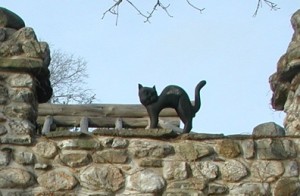 Gillette's will expressed his wishes: “I would consider it more than unfortunate for me – should I find myself doomed, after death, to a continued consciousness of the behavior of mankind on this planet – to discover that the stone walls and towers and fireplaces of my home – founded at every point on the solid rock of Connecticut; that my railway line with its bridges, trestles, tunnels through solid rock, and stone culverts and underpasses, all built in every particular for permanence (so far as there is such a thing); that my locomotives and cars, constructed on the safest and most efficient mechanical principles; that these, and many other things of a like nature, should reveal themselves to me as in the possession of some blithering saphead who had no conception of where he is or with what surrounded.”
Gillette's will expressed his wishes: “I would consider it more than unfortunate for me – should I find myself doomed, after death, to a continued consciousness of the behavior of mankind on this planet – to discover that the stone walls and towers and fireplaces of my home – founded at every point on the solid rock of Connecticut; that my railway line with its bridges, trestles, tunnels through solid rock, and stone culverts and underpasses, all built in every particular for permanence (so far as there is such a thing); that my locomotives and cars, constructed on the safest and most efficient mechanical principles; that these, and many other things of a like nature, should reveal themselves to me as in the possession of some blithering saphead who had no conception of where he is or with what surrounded.”
No sapheads here. Thank you, William Gillette (and the visionaries at the time for the state of Connecticut in acting to preserve this gem). Anyone with an interest in geology will find much to discover; check the official state park site, linked here.
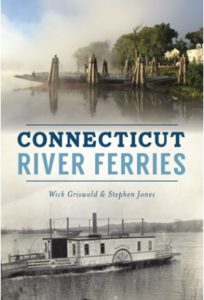
Another worthy read is Connecticut River Ferries by Wick Griswold & Stephen Jones, published by Arcadia Publishing & The History Press. Griswold also wrote A History of the Connecticut River.

Closing credits, Nomadland. Still in linked to Hulu where for less than the price of theater admission this stellar film (or two lattes) is available to watch during a pandemic.
“Dedicated to the ones had to depart. See you down the road.” — Nomadland

